Home>Gardening & Outdoor>Landscaping Ideas>Why Is Grass Greener After A Thunderstorm
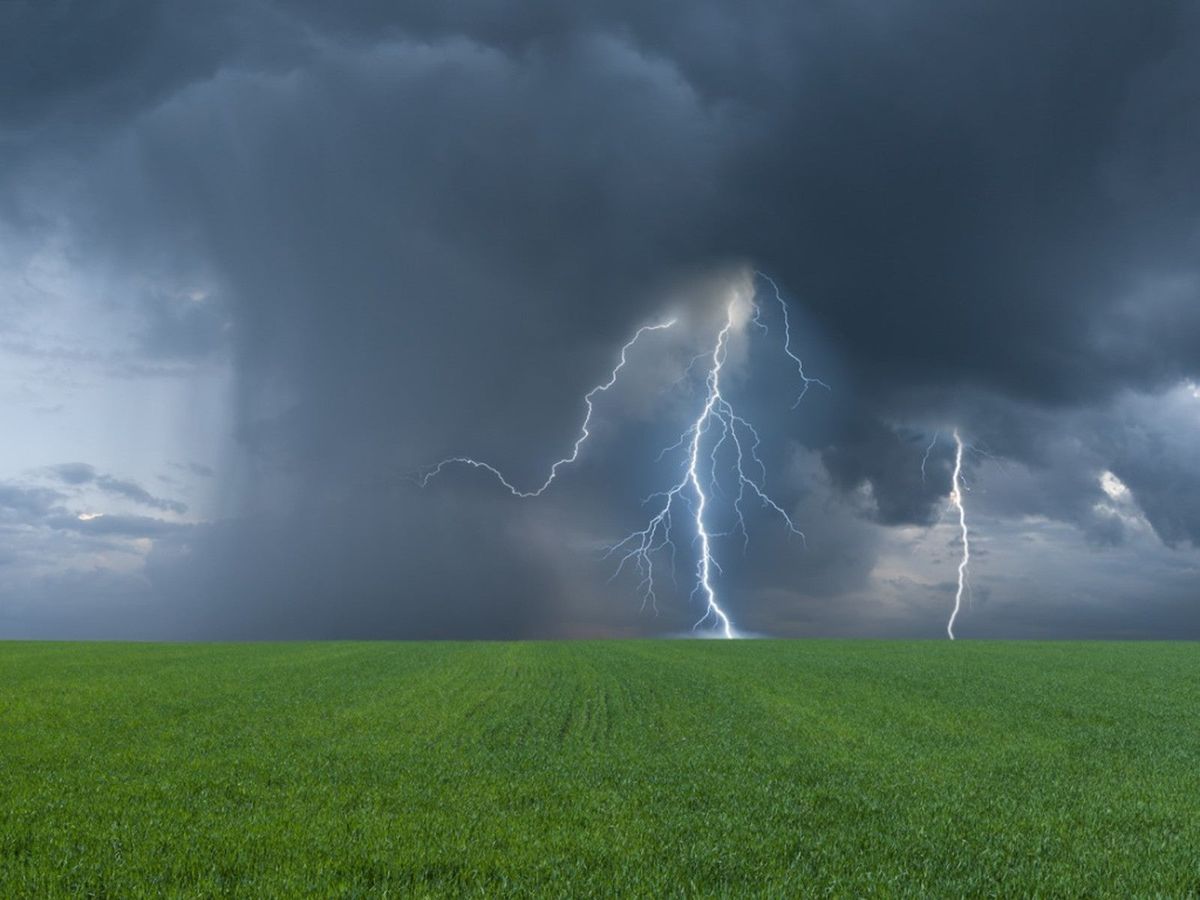

Landscaping Ideas
Why Is Grass Greener After A Thunderstorm
Published: January 29, 2024
Discover why your grass looks greener after a thunderstorm and get landscaping ideas to keep your lawn looking lush and vibrant. Learn how to make the most of nature's watering for a beautiful yard.
(Many of the links in this article redirect to a specific reviewed product. Your purchase of these products through affiliate links helps to generate commission for Storables.com, at no extra cost. Learn more)
The Magic of Post-Storm Greenery
The Magic of Post-Storm Greenery
Have you ever noticed that after a thunderstorm, the grass seems to take on a vibrant, almost electric shade of green? It's a phenomenon that has captivated many, sparking curiosity about the reasons behind this seemingly magical transformation. In this article, we'll delve into the science behind this captivating occurrence and uncover the fascinating reasons why grass appears greener after a thunderstorm. So, let's embark on a journey to unravel the secrets of post-storm greenery and gain a deeper understanding of the natural world around us.
Key Takeaways:
- After a thunderstorm, the grass appears greener due to lightning creating nitrogen compounds that act as natural fertilizer, rain washing away pollutants, and nitrogen enriching the soil, promoting vibrant green growth.
- The combination of lightning, rain, and nitrogen after a thunderstorm creates the perfect conditions for the grass to flourish, resulting in a lush, revitalized green landscape that symbolizes nature’s resilience and beauty.
Read more: How To Get Greener, Thicker Grass
The Science Behind the Phenomenon
At first glance, the sudden burst of greenery that follows a thunderstorm may appear mysterious, but the science behind this phenomenon is truly captivating. The transformation of the grass’s color is a result of a combination of natural processes that occur during and after a thunderstorm. Understanding these processes sheds light on the reasons behind the lush, vibrant green hue that graces the landscape post-storm.
Let’s explore the key factors that contribute to this remarkable transformation:
- Role of Lightning: During a thunderstorm, lightning electrifies the air, leading to the formation of nitrogen oxides. These compounds are essential for plant growth, and when they dissolve in rainwater, they form nitric acid, which acts as a natural fertilizer for the soil. As a result, the grass receives a nutrient boost, promoting rapid growth and intensifying its green color.
- Role of Rain: The rain that accompanies a thunderstorm delivers a refreshing shower to the earth, washing away accumulated dust and pollutants from the grass blades. This cleansing effect not only enhances the visual appeal of the grass but also allows the plants to absorb more sunlight, which is crucial for photosynthesis and the production of chlorophyll, the pigment responsible for the plant’s green color.
- Role of Nitrogen: As mentioned earlier, the nitrogen compounds generated by lightning contribute to the enrichment of the soil. Nitrogen is a vital nutrient for plants, playing a central role in their overall health and color. The increased availability of nitrogen in the soil after a thunderstorm provides the grass with the essential elements it needs to thrive, resulting in a noticeable enhancement of its green pigmentation.
By unraveling the intricate interplay of these natural processes, we gain a deeper appreciation for the enchanting transformation that unfolds in the aftermath of a thunderstorm. The synergy of lightning, rain, and nitrogen creates the perfect conditions for the grass to flourish, unveiling its vibrant green hues and infusing the landscape with a renewed sense of vitality and beauty.
The Role of Lightning
When a thunderstorm electrifies the sky, the role of lightning extends beyond its awe-inspiring display of natural power. This electrifying phenomenon plays a pivotal role in the transformation of the grass’s color, contributing to the vibrant greenery that emerges after the storm.
During a thunderstorm, the intense electrical activity in the atmosphere leads to the formation of nitrogen oxides. These compounds, generated through a process known as atmospheric nitrogen fixation, hold the key to the rejuvenation of the grass. As lightning streaks across the sky, it energizes the surrounding air, causing nitrogen and oxygen molecules to combine and form nitrogen oxides. When these compounds dissolve in the rainwater, they give rise to nitric acid, a natural fertilizer that nourishes the soil and promotes plant growth.
The influx of nitrogen-rich rainwater serves as a vital source of nourishment for the grass, providing the essential nutrients it needs to thrive. This natural fertilization process enhances the grass’s green pigmentation, infusing it with a revitalized vibrancy that captivates the eye. The nitrogen compounds, delivered to the earth through the electrifying dance of lightning and rain, create an environment conducive to the lush rejuvenation of the grass, transforming the landscape into a verdant tapestry of post-storm greenery.
As we marvel at the striking green hues that grace the earth after a thunderstorm, it’s a testament to the remarkable influence of lightning in nurturing the natural world. The electrifying spectacle of lightning not only illuminates the sky but also breathes new life into the grass, bestowing upon it a rejuvenated vitality and an enchanting shade of green that symbolizes the resilience and beauty of nature.
After a thunderstorm, the grass appears greener because the rain washes away dust and pollen, and the lightning adds nitrogen to the soil, which helps the grass to grow and become greener.
The Role of Rain
As nature orchestrates its symphony of rejuvenation during a thunderstorm, the role of rain emerges as a vital conductor in the transformation of the grass’s color. The gentle patter of raindrops, accompanied by the rumbling rhythm of thunder, bestows upon the earth a refreshing shower that revitalizes the landscape and imparts a captivating vibrancy to the grass.
One of the remarkable effects of rain following a thunderstorm is its cleansing influence on the environment. The rainwater washes away accumulated dust, pollutants, and debris from the grass blades, unveiling their natural luster and enhancing their visual appeal. This cleansing process not only revitalizes the grass’s appearance but also enables the plants to absorb more sunlight, a crucial element for their growth and color enhancement.
As the rainwater seeps into the soil, it replenishes the earth’s moisture, providing the grass with the hydration it needs to thrive. This influx of water nourishes the plants, facilitating their uptake of essential nutrients from the soil and promoting robust growth. Additionally, the rainwater serves as a carrier for the nitrogen compounds generated by lightning, delivering these vital nutrients to the grass and enriching the soil with the building blocks of vibrant greenery.
Furthermore, the presence of water is integral to the process of photosynthesis, the life-sustaining mechanism through which plants produce energy and chlorophyll, the pigment responsible for their green color. The rainwater, coupled with the increased sunlight resulting from the cleansing effect of the rain, creates an optimal environment for the grass to undergo photosynthesis, further intensifying its green pigmentation and contributing to the post-storm spectacle of lush, revitalized greenery.
As we witness the enchanting transformation of the landscape after a thunderstorm, the role of rain emerges as a nurturing force that revitalizes the earth and breathes new life into the grass. The gentle touch of rain, accompanied by the cleansing and nourishing effects it bestows upon the environment, sets the stage for the emergence of a rejuvenated and resplendent green hue that symbolizes the enduring beauty and resilience of the natural world.
The Role of Nitrogen
Amidst the captivating symphony of natural processes that unfold after a thunderstorm, the role of nitrogen emerges as a vital protagonist in the transformation of the grass’s color. Nitrogen, an essential element for plant growth and vitality, plays a central role in infusing the landscape with the vibrant green hues that captivate the eye.
One of the primary sources of nitrogen enrichment following a thunderstorm is the atmospheric nitrogen fixation induced by lightning. As lightning streaks across the sky, it energizes the air, leading to the formation of nitrogen oxides. These compounds, when dissolved in the rainwater, give rise to nitric acid, a natural fertilizer that nourishes the soil and promotes the growth of plants, including the grass.
The influx of nitrogen-rich rainwater serves as a vital source of nourishment for the grass, enhancing its overall health and vigor. Nitrogen, a key component of chlorophyll, the pigment responsible for the green color of plants, plays a pivotal role in intensifying the grass’s green pigmentation. The increased availability of nitrogen in the soil following a thunderstorm creates an optimal environment for the grass to thrive, resulting in a noticeable enhancement of its verdant hues.
Furthermore, nitrogen contributes to the overall resilience and vitality of the grass, fortifying it against environmental stressors and ensuring robust growth. The presence of nitrogen in the soil enhances the plant’s ability to photosynthesize, producing the energy and nutrients necessary for its rejuvenation and color enhancement.
As we contemplate the enchanting transformation of the landscape after a thunderstorm, the role of nitrogen stands as a testament to the intricate interplay of natural elements in nurturing the earth’s vitality. The infusion of nitrogen, facilitated by the electrifying influence of lightning and rain, breathes new life into the grass, bestowing upon it a rejuvenated vibrancy and an enduring green hue that symbolizes the resilience and beauty of the natural world.
Read more: When To Cut Grass After Fertilizing
Conclusion
The captivating phenomenon of grass appearing greener after a thunderstorm unveils a tapestry of natural processes that converge to rejuvenate the landscape and infuse it with vibrant greenery. As we unravel the science behind this enchanting transformation, we gain a deeper appreciation for the intricate interplay of lightning, rain, and nitrogen in nurturing the earth’s vitality and bestowing upon the grass a revitalized hue that symbolizes the enduring beauty of nature.
From the electrifying influence of lightning, which catalyzes the formation of nitrogen compounds essential for plant growth, to the cleansing and nourishing effects of rain, which rejuvenate the environment and facilitate the grass’s revitalization, each element contributes to the post-storm spectacle of lush greenery. The role of nitrogen emerges as a vital protagonist, enriching the soil and fortifying the grass with the essential nutrients it needs to thrive and flourish.
As we gaze upon the resplendent green hues that grace the earth after a thunderstorm, we bear witness to the resilience and beauty of the natural world. The post-storm greenery serves as a poignant reminder of nature’s capacity for rejuvenation and renewal, captivating our senses and inspiring a profound reverence for the wondrous processes that unfold in the wake of a thunderstorm.
In embracing the magic of post-storm greenery, we are invited to marvel at the harmonious synergy of natural elements and to cherish the profound beauty that emerges from the union of lightning, rain, and nitrogen. This captivating phenomenon serves as a testament to the enduring vitality and resilience of the natural world, weaving an enchanting narrative of renewal and rejuvenation that unfolds in the aftermath of a thunderstorm.
So, the next time you witness the grass’s vibrant transformation after a thunderstorm, take a moment to revel in the captivating symphony of nature’s rejuvenating touch, and let the resplendent green hues serve as a timeless reminder of the enduring beauty that graces the earth.
Frequently Asked Questions about Why Is Grass Greener After A Thunderstorm
Was this page helpful?
At Storables.com, we guarantee accurate and reliable information. Our content, validated by Expert Board Contributors, is crafted following stringent Editorial Policies. We're committed to providing you with well-researched, expert-backed insights for all your informational needs.

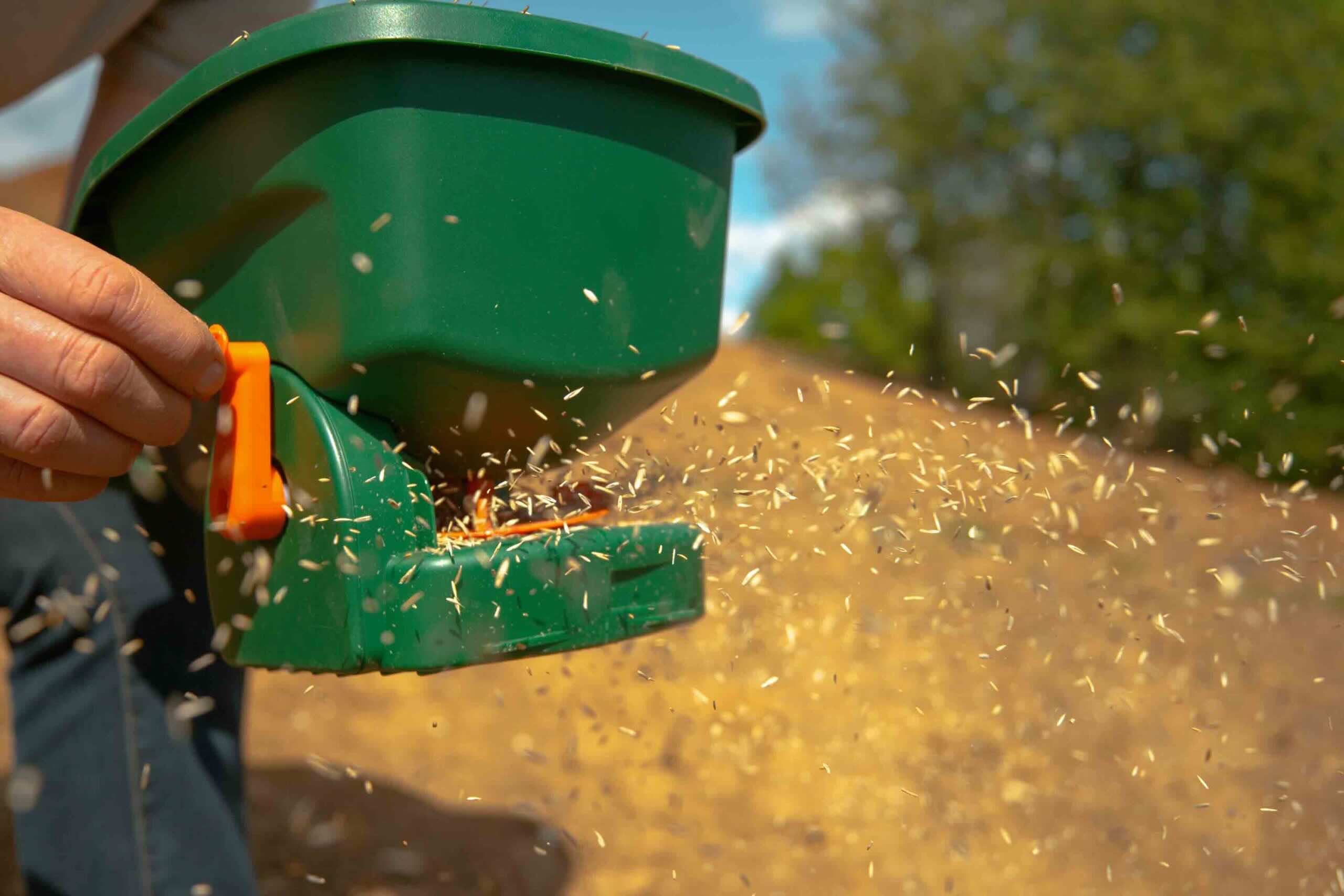
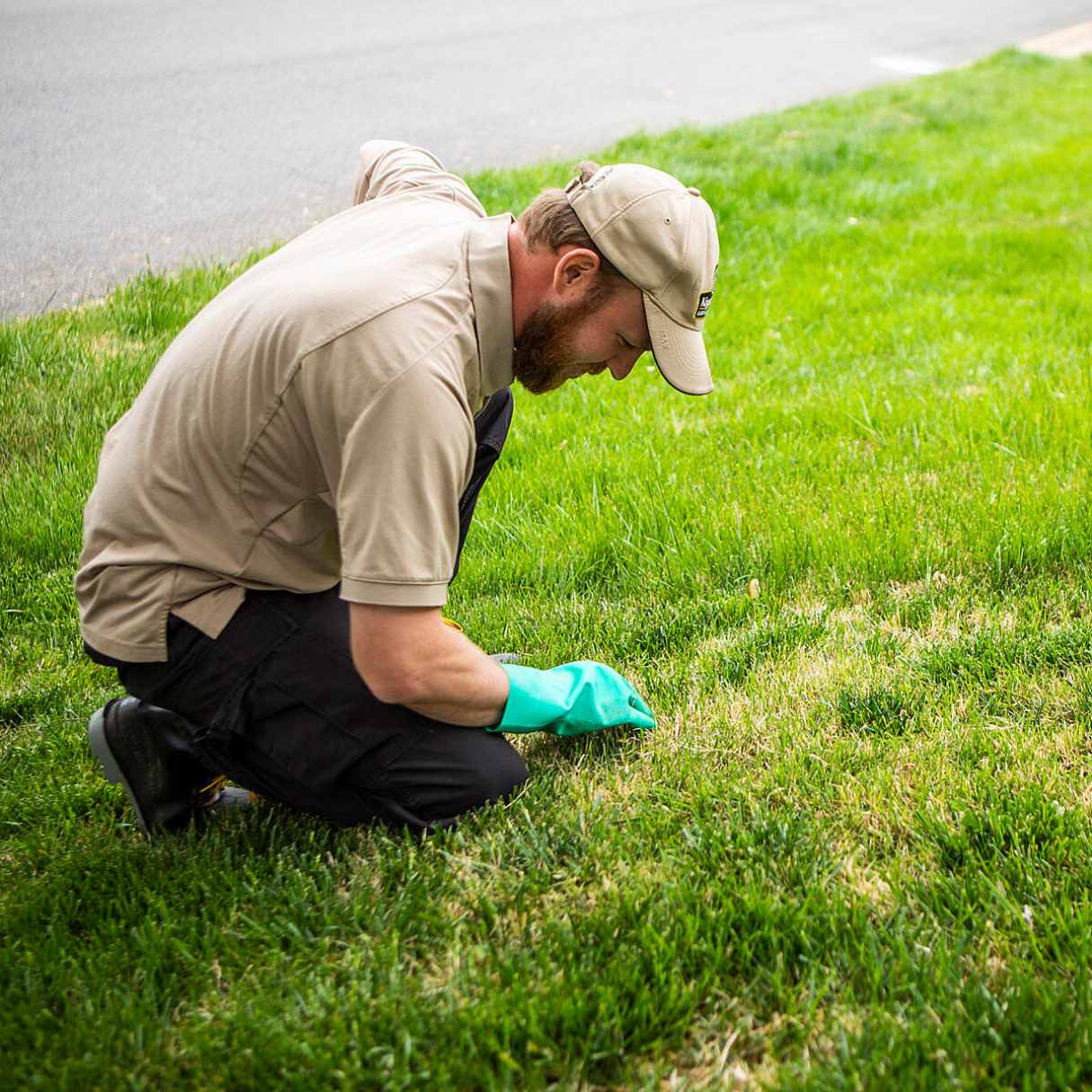
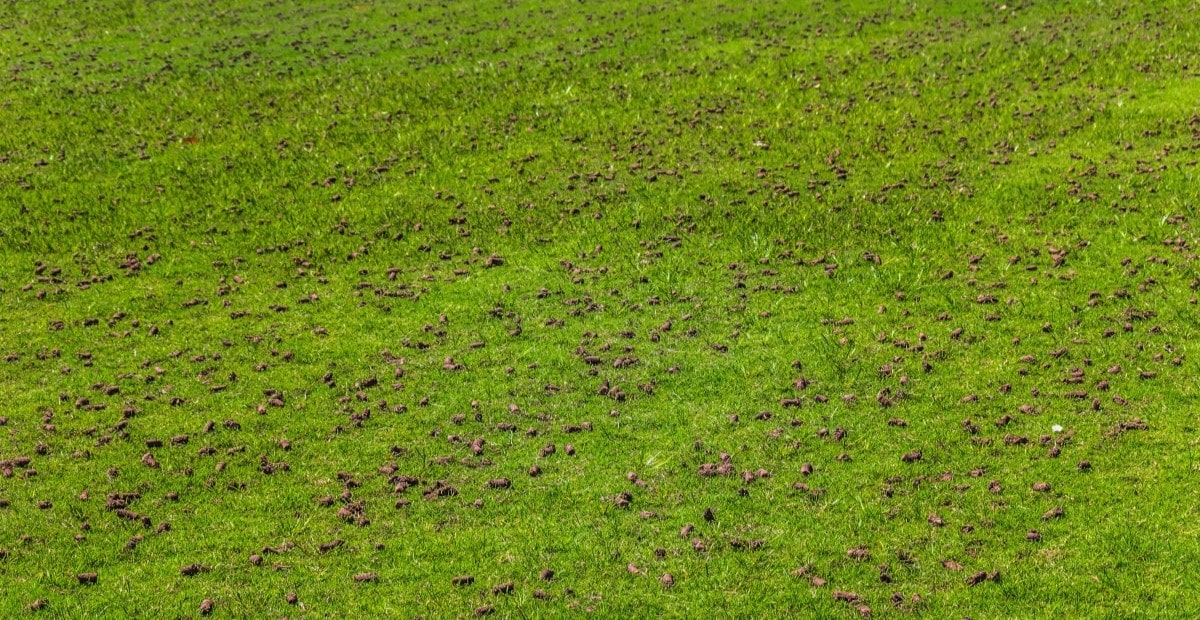
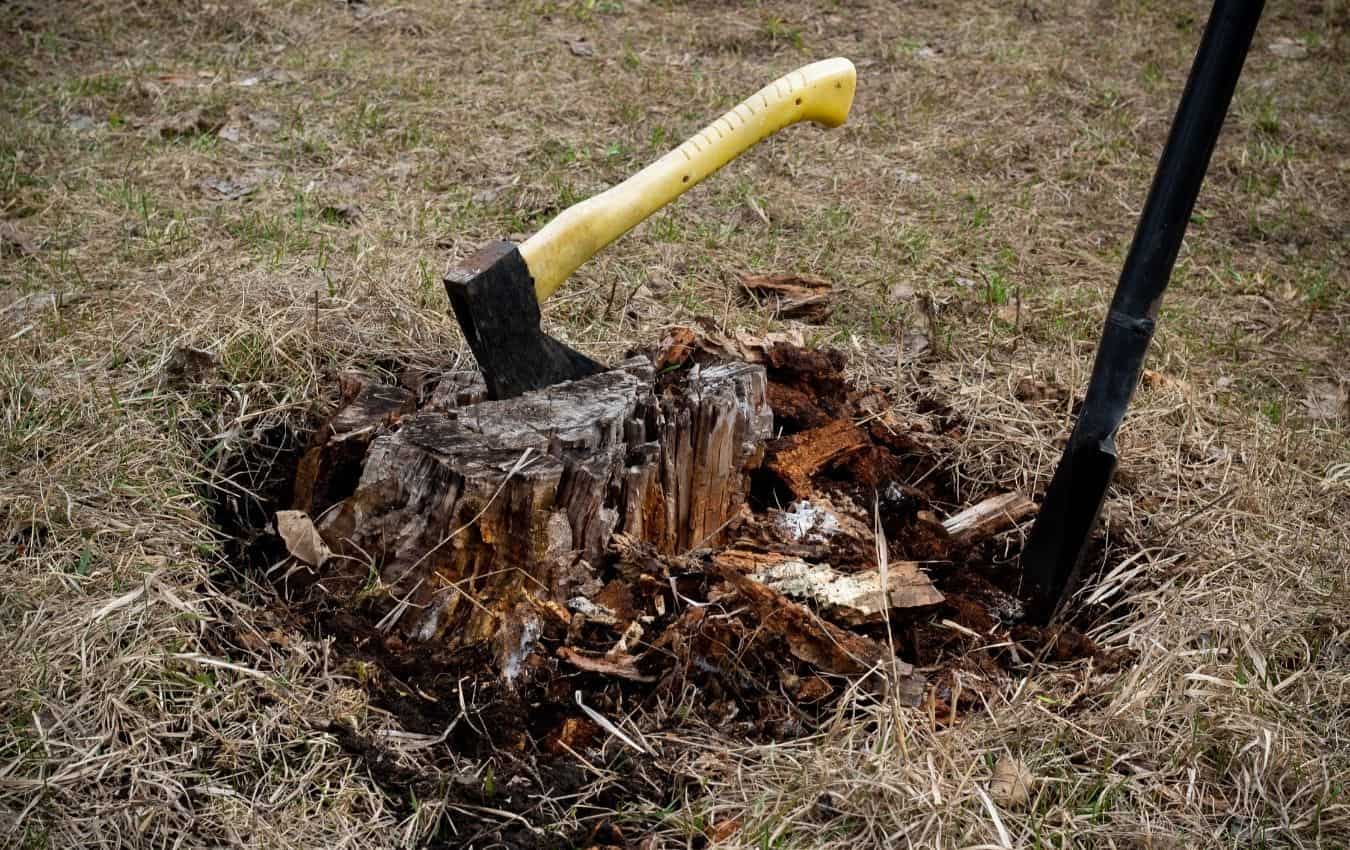

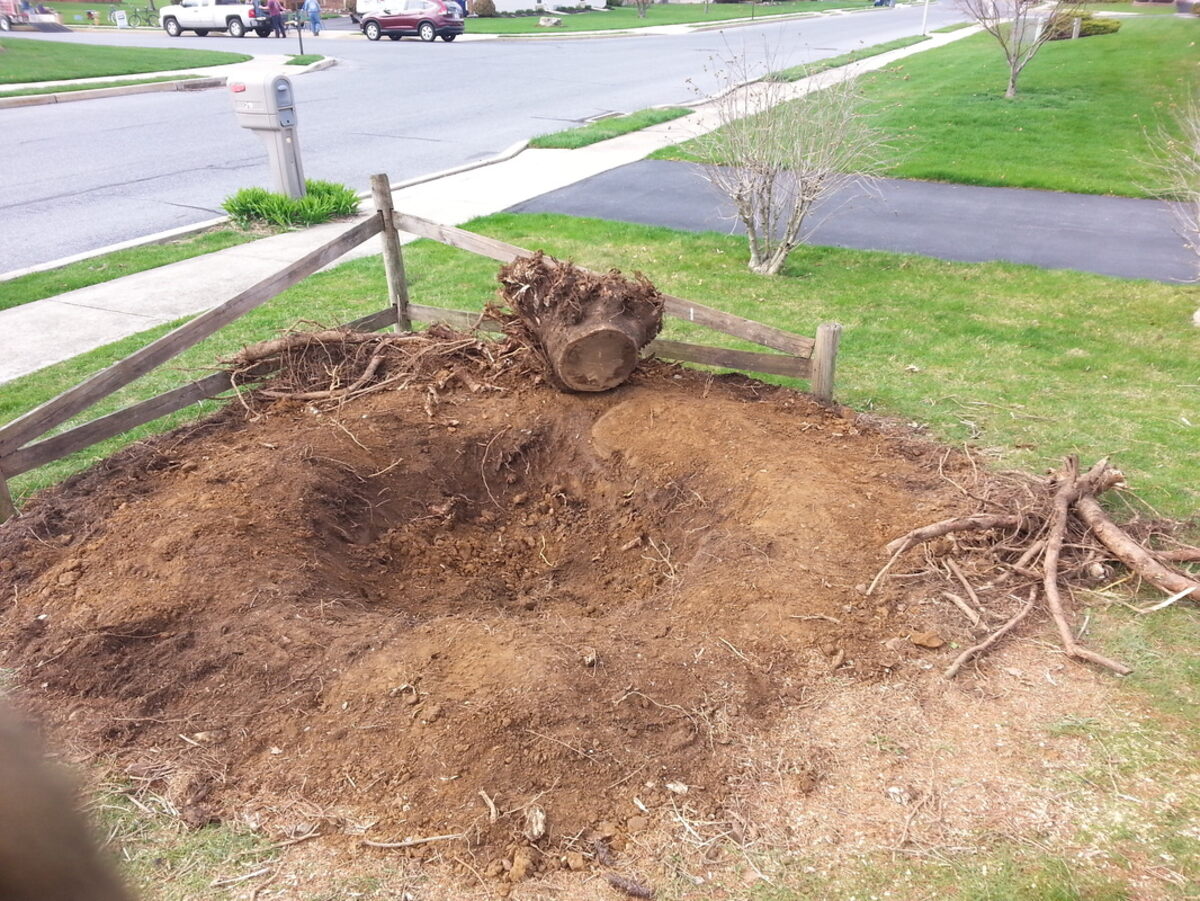

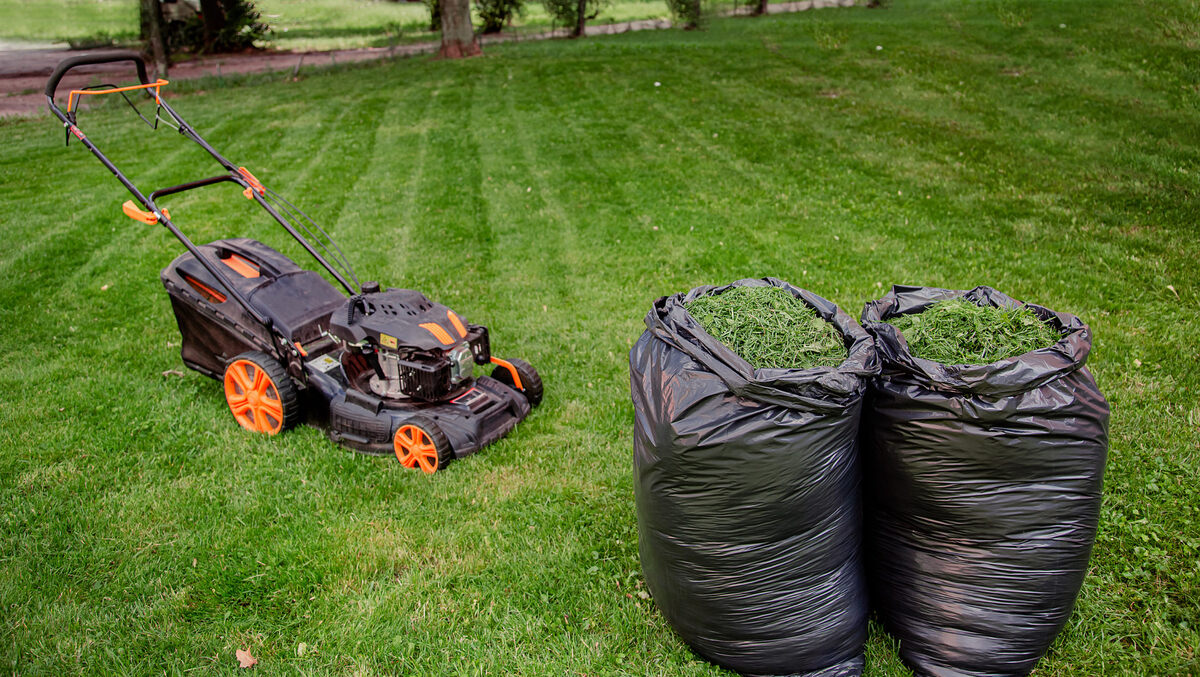
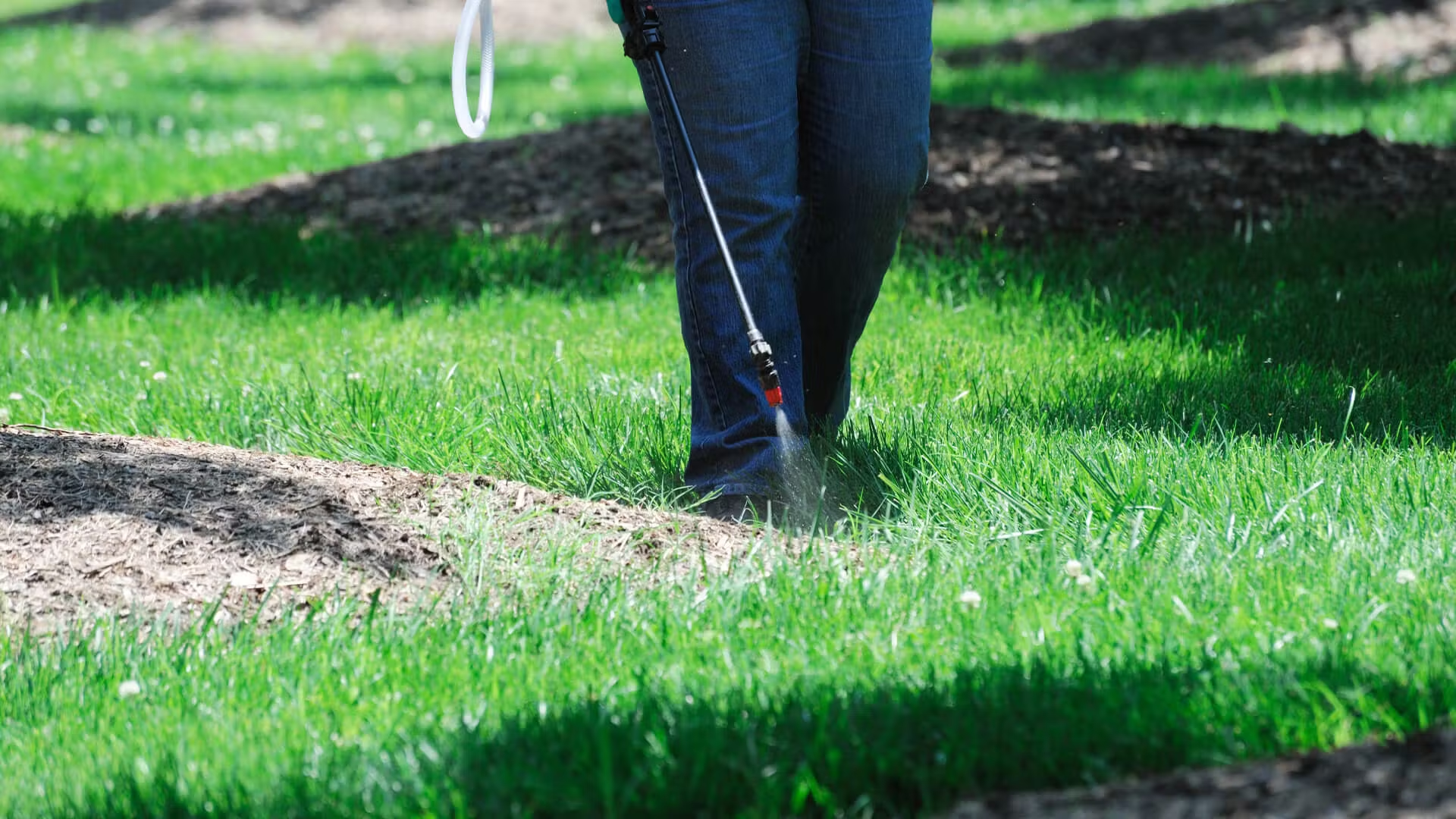





0 thoughts on “Why Is Grass Greener After A Thunderstorm”